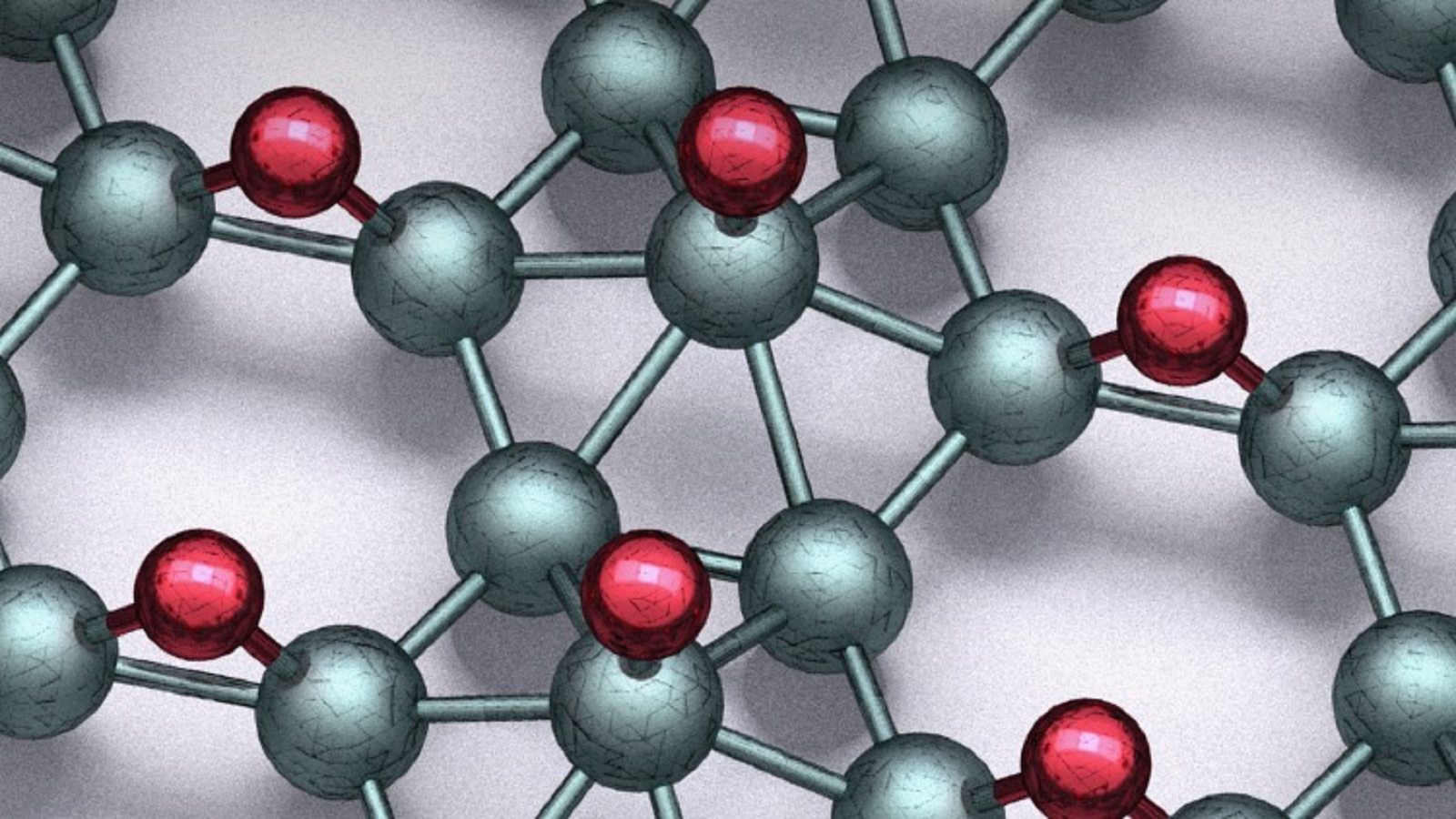(A new, positive approach could be the key to next-generation, transparent electronics)
2021/4/6 オーストラリア連邦・オーストラリア連邦研究会議(ARC)

・ ロイヤルメルボルン工科大学(RMIT)が率いる研究チームが、p 型酸化物半導体として 2D 材料の二酸化テルル(β-TeO2)の有望性を報告。
・ 同材料は、ガラス、フレキシブルなディスプレイやスマートコンタクトレンズ等の革新的な透明エレクトロニクス開発の可能性を示唆し、SF のガジェットのような未来的なデバイスの実現を期待させるもの。
・ 完全に透明なエレクトロニクスの開発を可能にする、光透過性に優れた酸化物半導体ベースの新タイプの電子デバイスは、数十年間にわたり研究されている。このようなデバイスはパワーエレクトロニクスや通信技術でも利用でき、公共のネットワークのカーボンフットプリントの低減にも貢献する。
・ 半導体材料には、負電荷の電子、または正電荷の正孔をそれぞれ豊富に含有する n 型と p 型の 2種類がある。相補的な両型を重ねることで、ダイオード、整流器や論理回路のような電子デバイスができる。コンピューターやスマートフォンの構成要素であるこれらの材料は、現代生活において不可欠なものとなっている。
・ 高性能の n 型酸化物半導体は多く知られる一方で、高品質の p 型の存在は極めて乏しい。2018 年に計算研究を通じてβ-TeO2 が有望な p 型酸化物半導体であることの発見を端緒に、RMIT はその特性とアプリケーションの調査を開始。
・ 液体金属化学の合成手法により、β-TeO2 薄膜を作製。溶融混合したテルル(Te)とセレン(Se)を基板表面に流し広げると、空気中の酸素との反応でβ-TeO2 の原子薄膜を形成する。β相のテルルは300℃以下で成長するが、高純度のテルルの融点は 500℃超と高いため、Se を添加することで融点を低下させた。
・ 形成したβ-TeO2 薄膜は原子数個分の僅か 1.5nm の薄さで、可視光線領域での高い透過性と3.7eV のバンドギャップを有し、基本的には不可視。
・ 同材料で電界効果トランジスタ(FETs)を作製して特性を調べた結果、特徴的な p 型のスイッチングと約 140 ㎠ V-1s-1 の高い移動度による既存の p 型酸化物半導体の 10~100 倍の速度に加え、106を超える優れたオンオフ比が電力効率の良い高速デバイスに適することを提示。
・ 今後も同材料の可能性について研究を継続し、既存・次世代の家電製品での利用について調査する。
URL: http://www.fleet.org.au/blog/a-new-positive-approach-could-be-the-key-to-next-generation-transparent-electronics/
<NEDO海外技術情報より>
(関連情報)
Nature Electronics 掲載論文(アブストラクトのみ:全文は有料)
High-mobility p-type semiconducting two-dimensional β-TeO2
URL: https://www.nature.com/articles/s41928-021-00561-5
Abstract
Wide-bandgap oxide semiconductors are essential for the development of high-speed and energy-efficient transparent electronics. However, while many high-mobility n-type oxide semiconductors are known, wide-bandgap p-type oxides have carrier mobilities that are one to two orders of magnitude lower due to strong carrier localization near their valence band edge. Here, we report the growth of bilayer beta tellurium dioxide (β-TeO2), which has recently been proposed theoretically as a high-mobility p-type semiconductor, through the surface oxidation of a eutectic mixture of tellurium and selenium. The isolated β-TeO2 nanosheets are transparent and have a direct bandgap of 3.7 eV. Field-effect transistors based on the nanosheets exhibit p-type switching with an on/off ratio exceeding 106 and a field-effect hole mobility of up to 232 cm2 V−1 s−1 at room temperature. A low effective mass of 0.51 was observed for holes, and the carrier mobility reached 6,000 cm2 V−1 s−1 on cooling to −50 °C.



